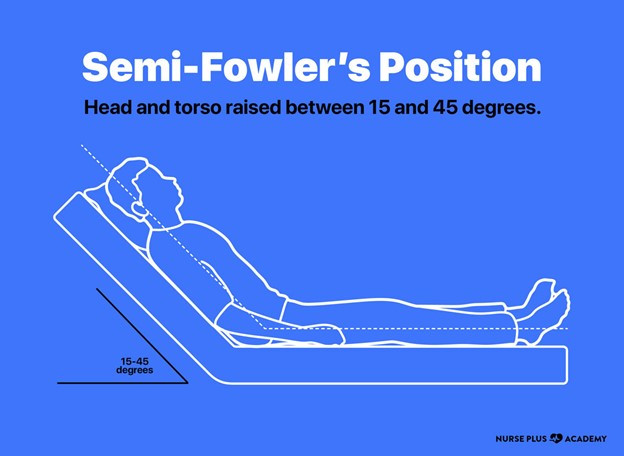A 5-year-old child is being admitted to the hospital for surgery. Which intervention would be appropriate to help prepare this child for hospitalization?
Wait to discuss the surgery with until the child asks specific questions.
Set aside an hour a day to talk about the child's feelings concerning the surgery.
Read the child a story about children of similar age who go to the hospital for surgery.
Have the child visit a family whose preschool child has just been discharged from the hospital.
The Correct Answer is C
Choice A rationale:
Waiting to discuss the surgery until the child asks specific questions might lead to increased anxiety as the child may be apprehensive about the surgery but unable to express their concerns.
Choice B rationale:
Setting aside an hour a day to talk about the child's feelings concerning the surgery can be overwhelming for a 5-year-old, potentially increasing anxiety and making the procedure seem more daunting.
Choice C rationale:
Reading the child a story about children of similar age who go to the hospital for surgery provides a developmentally appropriate approach. It helps the child understand the process through relatable characters, reducing fear and uncertainty about the upcoming experience.
Choice D rationale:
Having the child visit a family whose preschool child has just been discharged from the hospital might expose the child to unfamiliar situations, possibly leading to more confusion and anxiety.

Nursing Test Bank
Naxlex Comprehensive Predictor Exams
Related Questions
Correct Answer is C
Explanation
Remove all beverages from the patient's bedside.
Choice A rationale:
Giving the patient a laxative is inappropriate and unnecessary in the context of a ruptured appendix. The focus should be on preparing the patient for surgery and managing the acute condition.
Choice B rationale:
Administering ibuprofen should be avoided as it can mask symptoms and potentially worsen the patient's condition by masking signs of inflammation or infection. This delay in appropriate care could lead to complications.
Choice C rationale:
Removing all beverages from the patient's bedside is essential. NPO (nothing by mouth) status is typically maintained for patients with suspected appendicitis or other surgical conditions to prevent potential aspiration in case surgery is required.
Choice D rationale:
Providing a heating pad is contraindicated in cases of suspected appendicitis or any acute abdominal condition. Heat can worsen inflammation and potentially cause the appendix to rupture, leading to more severe complications.
Correct Answer is B
Explanation
Choice A rationale:
Allowing the patient to stay in the chosen position might not be the best approach, as the child's preference might not align with therapeutic considerations for managing status asthmaticus.
Choice B rationale:
Semi-Fowler's position, with the head of the bed elevated, promotes improved lung expansion and easier breathing for patients with respiratory distress. Explaining the rationale behind this position to the child helps them understand its therapeutic benefits, encouraging compliance.
Choice C rationale:
Demonstrating various positions could confuse the child and delay appropriate intervention. A clear explanation of the preferred position is more effective in this critical situation.
Choice D rationale:
Removing pillows might be counterproductive, as elevating the head of the bed is beneficial for respiratory distress. This choice contradicts the therapeutic goal.

Whether you are a student looking to ace your exams or a practicing nurse seeking to enhance your expertise , our nursing education contents will empower you with the confidence and competence to make a difference in the lives of patients and become a respected leader in the healthcare field.
Visit Naxlex, invest in your future and unlock endless possibilities with our unparalleled nursing education contents today
Report Wrong Answer on the Current Question
Do you disagree with the answer? If yes, what is your expected answer? Explain.
Kindly be descriptive with the issue you are facing.
